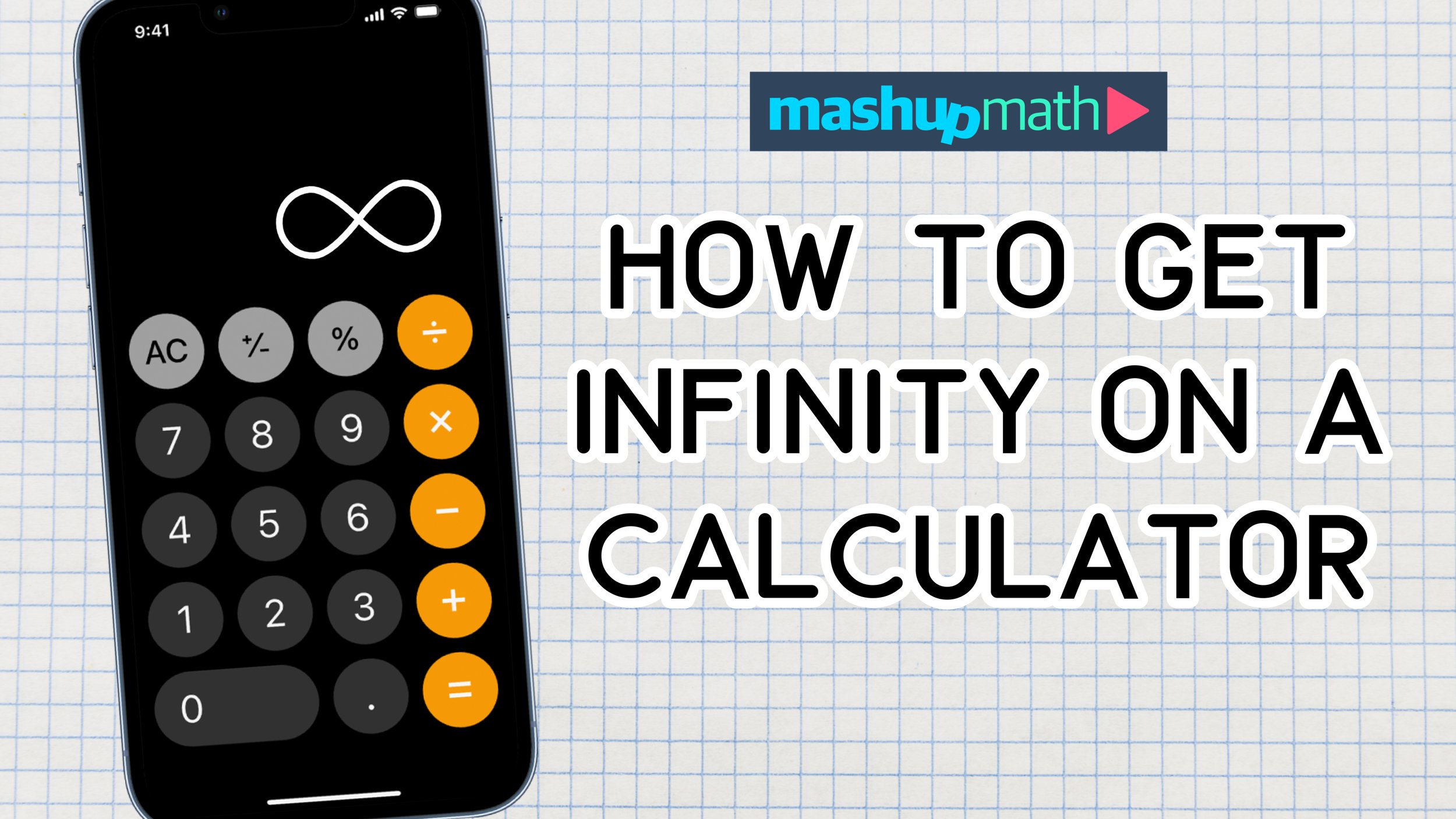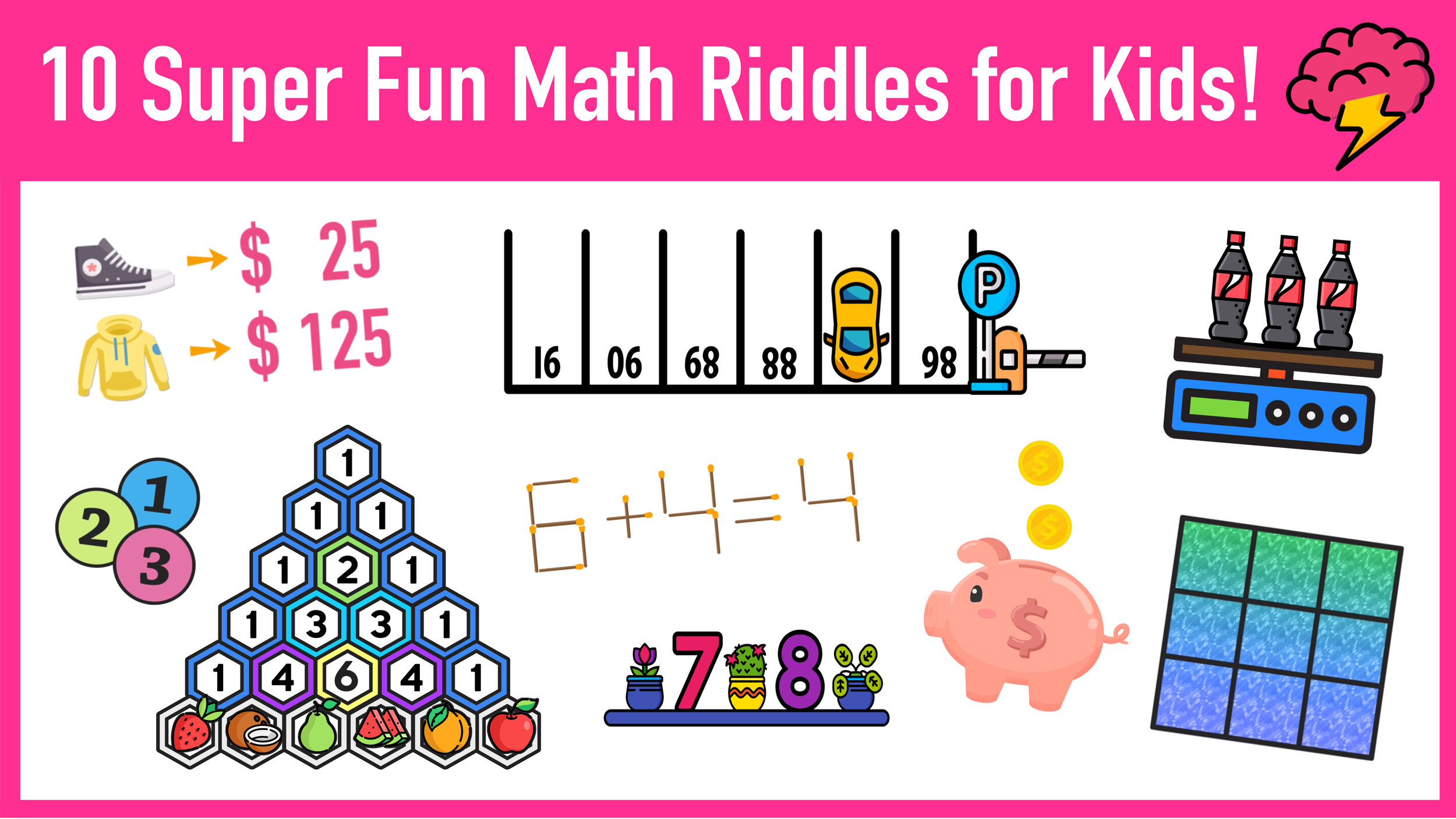How to Get Infinity on a Calculator: Step-by-Step
Learn How to make infinity on a calculator in a few easy steps
How to Get Infinity on a Calculator: Is It Possible?
Are you trying to figure out how to get infinity on a calculator or what equals infinity on a calculator? In this short post, we will take a look at how you can work with and display infinity on a calculator.
Before we move on, note that not all calculators are the same and that many of them can not accurately represent infinity due to a lack of computing power and/or display capabilities. When this is the case, you will often see an error message which means that the calculator is trying to display infinity, but is coming up short.
How to Get Infinity on a Calculator: Many calculators will display an error message instead of infinity. (Image: Mashup Math Placeit)
What is Infinity? (And What Does it Mean on a Calculator?)
Before you learn how to work with infinity on a calculator, it’s important that you understand the meaning of infinity in the context of math and making numeric calculations. Notably, infinity is not a number. Instead, it is a concept, meaning that infinity represents a quantity with no boundaries that is larger that any number the human mind can think of.
The ∞ symbol is commonly used in math to represent infinity, but many calculators can not display this symbol and you will rarely see an infinity button on a calculator. However, this does not mean that you can not get infinity on a calculator. Continue reading to find out why.
How to Get Infinity on a Calculator?
Okay, now you are ready to learn how to get an infinity on a calculator (and to see whether or not the calculator that you are using is capable of displaying infinity at all).
There are a few different ways to get infinity on a calculator, but the most common (and most simple) way to divide a number by zero.
As a general rule in math, any real number divided by zero is consider to be undefined.
In the case of dividing by zero, undefined and infinity both mean the same thing. The output depends on what type of calculator you are using.
For example, lets consider the following calculation: 8 ÷ 0
We will be performing this calculation on three different calculators:
Apple iPhone Calculator
Google Calculator
As you can see below, each calculator gives a different display output for 8 ÷ 0
iPhone Calculator
Error
Desmos Calculator
Undefined
Google Calculator
Infinity
So, we input 8 ÷ 0 into three different calculator and we received three different responses:
Apple iPhone Calculator: 8 ÷ 0 = Error
Desmos Scientific Calculator: 8 ÷ 0 = Undefined
Google Calculator: 8 ÷ 0 = Infinity
Given the three different answers, you may be wondering what equals infinity on a calculator?
Well, in terms on operations in math, any number divided by zero or any value that exceeds a calculators computing power limits essentially equals infinity. If the calculator can calculate infinity (like Google’s online calculator), then the output will be either the infinity symbol, ∞, or the word infinity.
However, most calculators can not show infinity and, rather, will show either the word undefined (like the Desmos calculator) or will show an error message (like the iPhone calculator).
What Equals Infinity on Advanced Calculators?
What equals infinity on a calculator? Photo by Jakub Żerdzicki on Unsplash
While most standard and scientific calculators can not display or perform operations involving infinity, there are more advanced calculators with high levels of computing power that do have the capacity to display infinity.
These advanced calculators have a wider range of functions and buttons, some of which include the infinity symbol.
For example, the popular TI-84 graphing calculator from Texas Instruments does not have an infinity button, but it does have the capability the make calculations involving infinity by inputting 1E99 (or -1E99 to specify negative infinity).
So, if you ever plan on making many complex calculations involving infinity, an advanced graphing calculator is a great tool to have.
Conclusion: How to Get Infinity on a Calculator
In math, infinity is an incredibly fun and interesting concept to explore. When it comes to making calculations, the steps for how to get infinity on a calculator depends on the calculator you are using and its computing power. But, even if your calculator can not display infinity or the infinity symbol, ∞, the presence of an error message or an undefined message often means that the answer is infinite.
So, the next time that you perform a mathematical operation on a calculator, such as dividing a number by zero, your calculator will push itself to its computational limits and give you an answer that either reads error, undefined, or infinity.
In all of these cases, your calculator has acknowledged the boundless and mysterious concept of infinity, which is pretty darn cool!
Infinity (Image: Mashup Math FP)
Keep Learning:








































